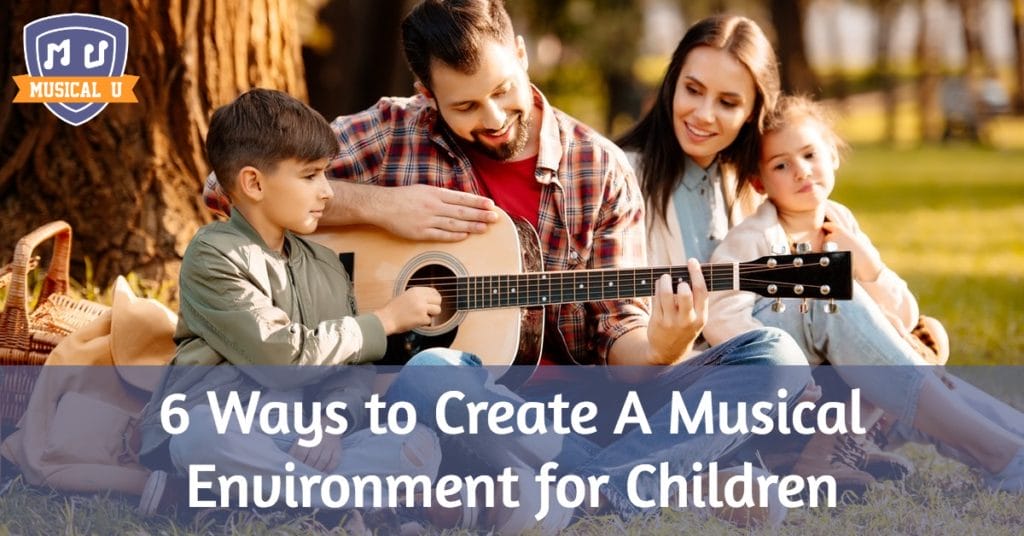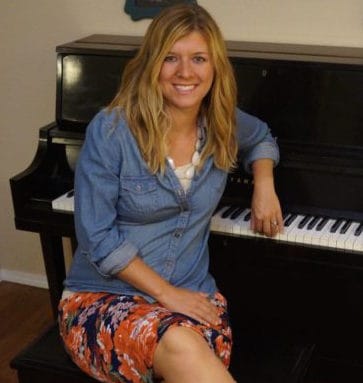Many people make the mistake of thinking that children can only learn music in a formal setting. True, learning music in a class setting, through private lessons, or through practice and rehearsals is very important. But what would you think if I told you that a big part of a child’s music education happens through their environment, even at home?
That you can foster a musical environment for children that will position music as not just something to learn and practice, but something that is an exciting, indispensable part of their daily lives?
It’s no coincidence that so many master musicians tell a story of coming from musical households – where a record was always spinning, a piano stood in the living room, and parents encouraged them to play, sing, and dance to music.
Through the right guidance, a love for music can be nurtured and will stay with kids for a lifetime. So how can you better surround your children with music and promote their natural enthusiasm for it? Let’s count the ways…
1. Actively Listen to Music Together
I don’t know about you, but any time a song comes on, I can’t help but sing along or move to it. Music stirs us down deep in our souls. When a child listens to music, it awakens feelings they’ve never experienced before – and this positive reaction is something that inspires them to listen to, learn, and play music.
”Musical training is a more potent instrument than any other, because rhythm and harmony find their way into the inward places of the soul.” – Plato
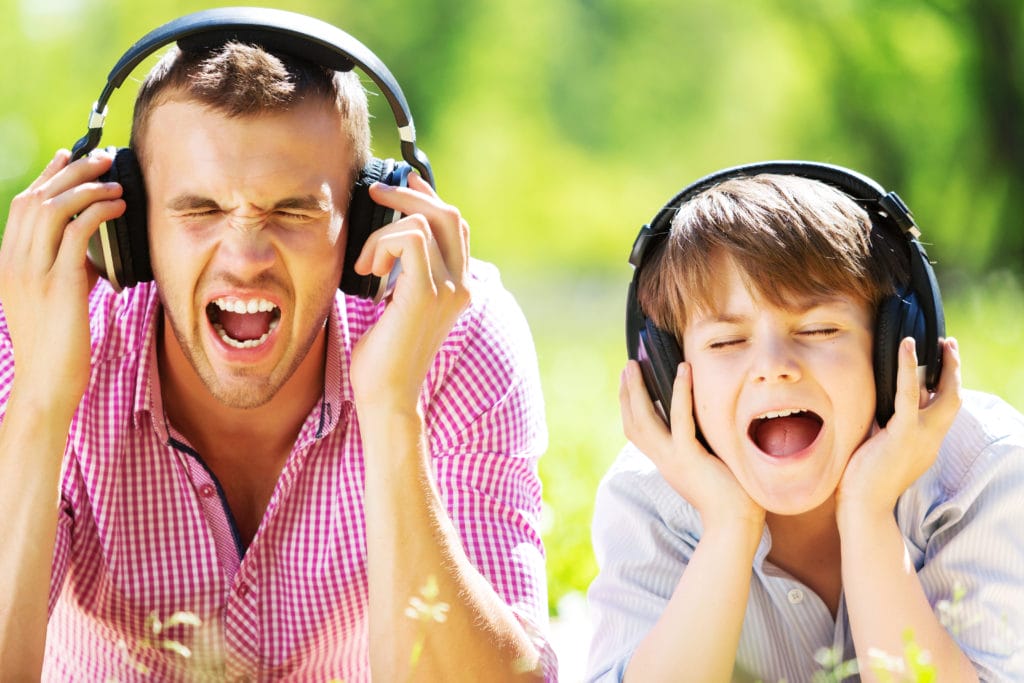
Going further, it’s a wonderful idea to open your child’s ears to a vast array of styles and genres of music. Listening to music from other cultures and traditions can start great discussions about the instruments, rhythms, and melodies they hear, and expose them to the different ways of approaching musicmaking.
Active listening is a fantastic activity to practice with your child. The Kodály Method and the Orff Approach are two music learning frameworks that emphasize active listening in music, and promote kinesthetic engagement with the music. In Kodály, students listen to a piece of music and count the rhythms they hear, while Orff encourages children to move to the beat and explore the ways their bodies can move. Try out both with your kids!
The Kodaly and Orff methods both teach folk songs. One of my favorite folk songs to listen to, which is also a fun dance, is “Jump, Jim, Joe.” It’s simple enough to listen to while following along to what the words say:
For music appreciation, one of my favorite listening activities is to listen to “What a Wonderful World” by Louis Armstrong, because it evokes a series of vivid images and accompanying emotions. Have your children listen to the song and draw and color what the music makes them feel. The pictures that they come up with will seriously impress you!
2. Read Musical Books
I love the Emilie Buchwald quote “Children are made readers on the laps of their parents”. Children love to read and to be read to. What better way to foster a love of music than by reading books about music to our kids?
When a child reads about the piano, for example, it may spark an excitement about the instrument. They might go from reading about it, to listening to a Beethoven sonata, to having a desire to learn to play the piano. “The Story of the Orchestra” by Robert Levine is a great book through which children can learn about different instruments of the orchestra.
The music your children are listening to can be supplemented with books about the composers. One of my favorite books is Barbara Nichol’s “Beethoven Lives Upstairs”, offering a unique and heartwarming perspective on the composer’s life, struggles, and successes
Music is highly kinesthetic – so encourage your kids to move to it! Get your hands on books that inspire the kids to move, like “Bumpus Rumpus Dinosaurumpus” by Tony Mitton. In this book, the dinosaurs are doing several things that involve action words like stomping, jumping, twirling, and dancing:
When you read these words, the kids will love to act out what you’ve just said.
“My First Classical Music Book” by Genevieve Helsby is a great book for introducing children to the wonderful world of Classical music. The author does a great job explaining what Classical music is all about, while breaking it down to a kids’ level.
There’s a plethora of great books available about instruments, composers, musical genres, musical artists, and basic music theory. Keep your eyes peeled for engaging and educational books that you and your child can explore together.
3. Talk About Music
Namely, your own relationship to music – what music did you listen to growing up? Kids love to learn what grown ups were like when they were kids. Anything adults listen to on the radio nowadays is considered an “oldie” – so make that introduction!
When that “oldie” comes on the radio, have a conversation about what big band, doo wop, Classical, or jazz are. Talk about the amazing artists and performers who performed these genres of music.
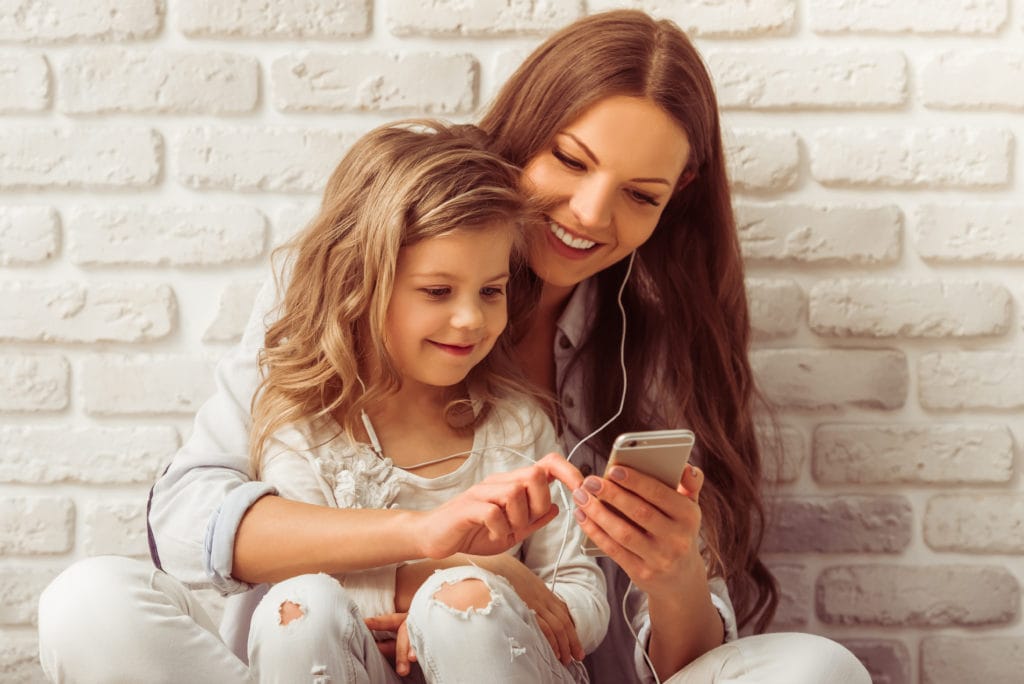
Talking about music is a simple and incredibly effective way to connect with your kids or students, allowing them to get to know you even better as a person. I remember hearing my dad tell me stories about learning to play the guitar and my mom telling me how she played saxophone in the high school marching band. As a high schooler who was playing piano and clarinet at the time, connecting over this shared experience was wonderful.
I remember my eyes lighting up the first time I went to The Nutcracker ballet. Watching the dancers moving around the stage and listening to the music made me realize what a live performance was really all about.
I’m sure you can close your eyes right now and remember similar experiences as a child. You were probably either taken to a concert, heard songs on the radio, or experienced watching your own parent play an instrument – and I’m guessing it was a very special, memorable moment! Your kids would love to share that same experience with you.
4. Explore Music Around You
Music is all around us. When you’re at a sports game, music is played over the loudspeakers. When you’re watching a movie, the score and the soundtrack is what makes scenes come alive. Even while walking a nature trail, the birds, wind, and leaves make music in the air.
When you’re out and about as a family, point out the ambient soundtrack of daily life to your kids – talk about background noises, elevator music in shopping malls, the soundtrack of that Disney movie you went to see together.
Are you an outdoorsy family? Explore music while camping! We’ve all been around a campfire, listening to the crickets and the crackle of the fire, and singing campfire songs. This experience of simultaneously singing and hearing nature’s soundtrack will truly stick with kids forever.
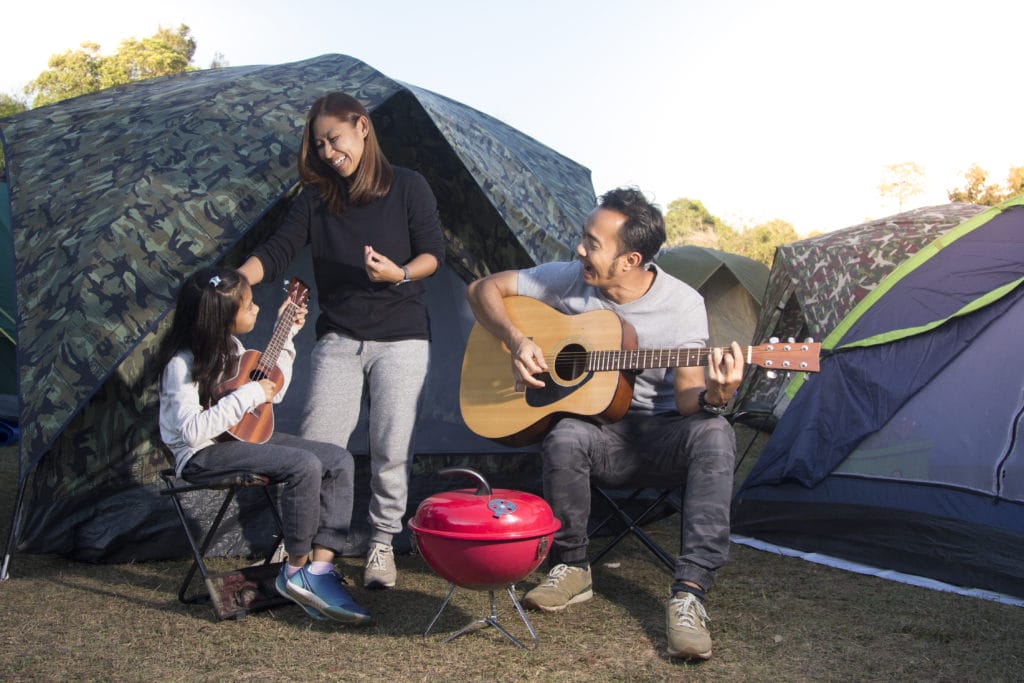
Kids may not even realize just how much music is a part of their daily lives. But, with each song they hear while they’re out and about, they experience an emotional reaction to the tune and a love for music continues to grow. Watch how many times you’re at home or outside and you catch yourself singing a song that’s stuck in your head. That, my friend, is the power of music.
5. Go To A Concert
Going to a live performance is one of the best ways children can truly experience music. Not only are they able to listen to music, but they are able to actively engage with it by watching the performers.
From traditional concerts like ballet, symphony, opera, and marching bands to contemporary options like modern dance performances, rock shows, and pop concerts, it’s easy to find a live performance that suits your family’s musical tastes.
”Through the right guidance, a love for music can be nurtured and will stay with kids for a lifetime. ”
Better yet, concerts serve as excellent motivation for kids learning instruments – there’s nothing like seeing a master musician show their incredible skill in person! If your child is in piano lessons, taking them to a concert of a professional pianist helps show them the rewards of practice and hard work – and of course, the excitement of being in the audience, giving a standing ovation, and practicing proper concert etiquette is also learned too.
6. Play Music Together
Maybe you’re musical yourself, and you love to sing or can play a musical instrument. Don’t be afraid to practice and perform with your children. Even if you’re a little rusty, they would love to share that experience of playing music with you.
Even if you aren’t musical at all, there are other ways you can play music together. Play music in your home on the radio or with Pandora or Spotify. Have a sing-along, make up some dance moves together, and perform a mini show for the rest of the family. Think of how many times you’re in the car together and can sing your favorite songs. Every time you do these things, you’re helping foster musical creativity in your child.
Think of the things you have laying around the house that can make music. Put some popcorn kernels in an empty water bottle to make a shaker, tape two paper plates together and put coins in between them to make a tambourine, or even use a bucket as a drum. Then, while listening to music, you can explore different rhythms and steady beat. This is something I encourage music teachers to even do in their classrooms if they don’t have many instruments available to use.
A Musical Milieu
There is a lot going on in a child’s head – in particular, their curiosity about the world at large. Their interest in music is delightfully inherent, as what child doesn’t want to yell and sing and jump and dance? As parents, all you have to do is call their attention to the music present around them.
Besides helping hone your child’s musicality from a young age by filling their world with music as much as possible, it’s an excellent way to develop a bond with your child and develop another common language together – one that will strengthen over time as you continue to discover and explore music together.
Think about other ways in which you can incorporate music into your children’s daily lives – how can you liven up car trips, chores, and daily routines with music?

